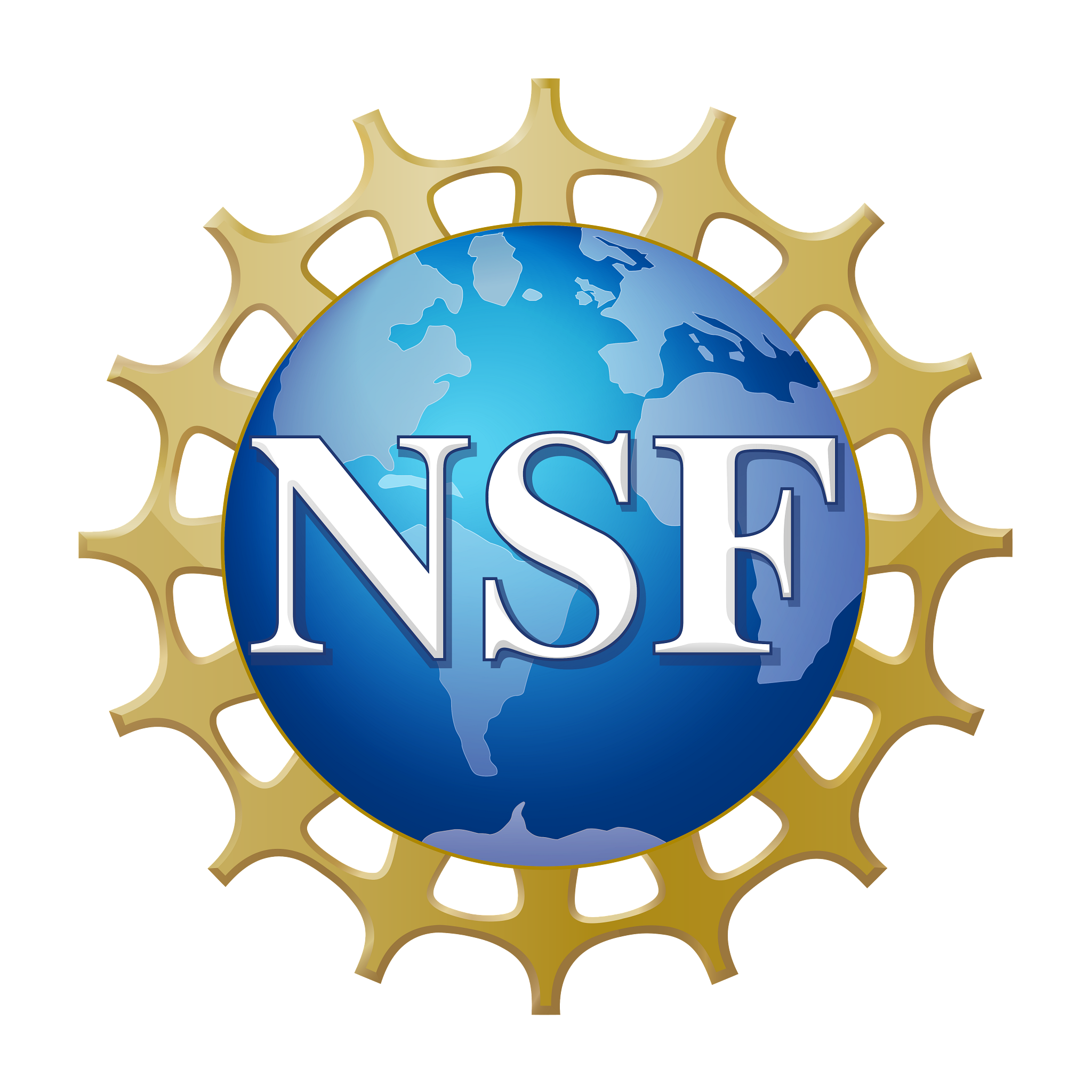-

Ozone past and future
A growing body of research now confirms that the Montreal agreement averted at least one catastrophic form of climate change, even if others still loom. "The Montreal Protocol is a major success story," says William Randel.
- Climate,
- Air Quality
-
New insight on the atmosphere’s tiniest particles
A team led by NCAR's Jim Smith has found that aminium salts make up as much as half of the mass of newly formed particles in places as diverse as Atlanta, Mexico City, northeast Colorado, and Finland.
- Air Quality
-
Statistics software for the geosciences
NCAR researchers are increasingly adopting an innovative tool for statistical computing and graphics. Called R, this community software project is the statistics equivalent of the LINUX movement.
- Air Quality
-
Measuring biological particles in atmospheric carbon
Preliminary research at NCAR suggests that biological particles may contribute significantly to the mass of organic carbon stored in atmospheric aerosols. The study is an important step for scientists.
- Air Quality
-
Tracking air pollution to and from the United States
When it comes to global air pollution, what goes around comes around. Air pollution from factories, traffic, and power plants in Asia wafts over the Pacific Ocean to the United States, while pollutants produced in the United States wind up in Europe.
- Air Quality

